Uncategorized
-
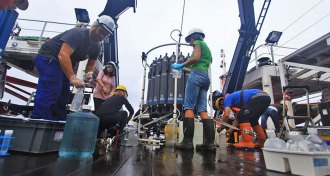 Oceans
OceansIn the deep ocean, these bacteria play a key role in trapping carbon
Mysterious nitrite-oxidizing bacteria capture more carbon than previously thought and may be the primary engine at the base of the deep ocean’s food web.
-
 Earth
EarthWhat the Pliocene epoch can teach us about future warming on Earth
By simulating the changes that occurred during the warm Pliocene epoch, researchers are trying to predict Earth’s future hundreds of years from now.
-
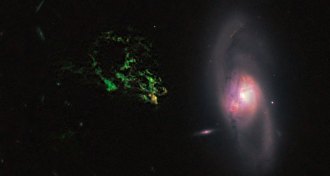 Astronomy
AstronomyHere’s what really happened to Hanny’s Voorwerp
Glowing clouds of gas known as Hanny’s Voorwerp offer a way to study galaxies and black holes in the distant past.
-
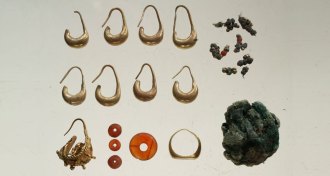 Archaeology
ArchaeologyHidden hoard hints at how ancient elites protected the family treasures
A secret stash at an ancient site in Israel called Megiddo illuminates the Iron Age practice of hoarding wealth.
By Bruce Bower -
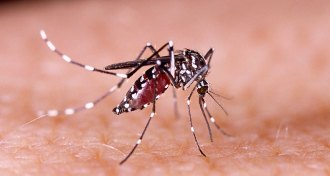 Animals
AnimalsRough lessons can lessen the pull of human scent on a mosquito
A form of aversion therapy for mosquitoes shows they can connect human scent to a bad experience.
By Susan Milius -
 Quantum Physics
Quantum Physics‘Arrow of time’ reversed in quantum experiment
In quantum systems, heat can flow “backward,” from cold to hot.
-
 Science & Society
Science & SocietyActress Hedy Lamarr laid the groundwork for some of today’s wireless tech
‘Bombshell’ tells the story of Hedy Lamarr’s double life as a Hollywood starlet and tech inventor.
-
 Climate
ClimateClimate foiled Europeans’ early exploration of North America
The book ‘A Cold Welcome’ examines how the Little Ice Age and other climatic and geographic factors shaped colonial history.
By Diana Steele -
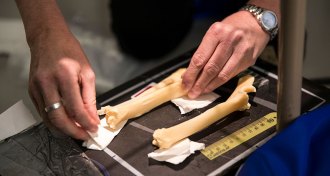 Genetics
GeneticsBones show Dolly’s arthritis was normal for a sheep her age
Cloning didn’t cause the famous sheep to age prematurely.
-
 Health & Medicine
Health & MedicineStep away from the cookie dough. E. coli outbreaks traced to raw flour
Flour, though low in moisture, can sicken people with E. coli toxins if it is eaten raw.
-
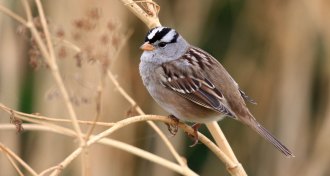 Animals
AnimalsSeeds coated in a common pesticide might affect birds’ migration
Eating small amounts of a neonicotinoid pesticide can disorient white-crowned sparrows.
-
 Plants
PlantsThe dietary habits of the emerald ash borer beetle are complicated
Tests answer some questions about the emerald ash borer’s hidden taste for olive and fringe trees.
By Susan Milius